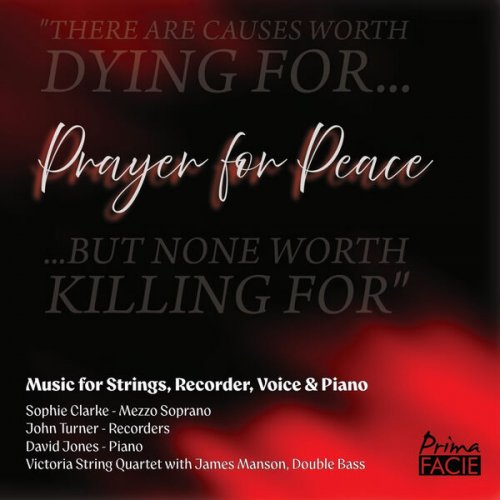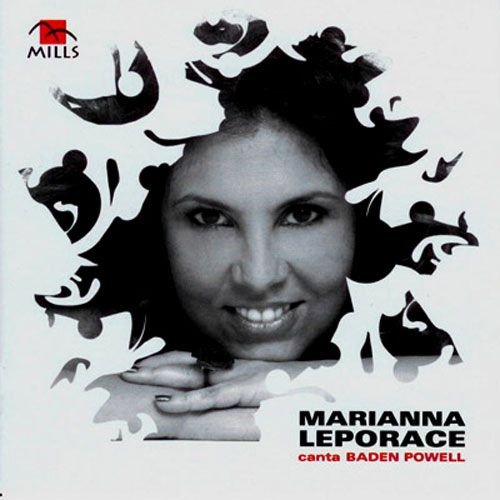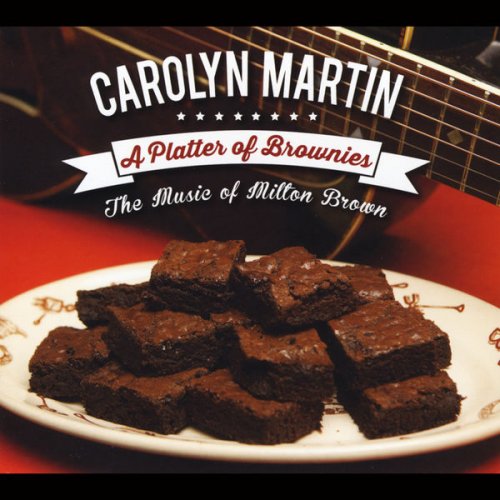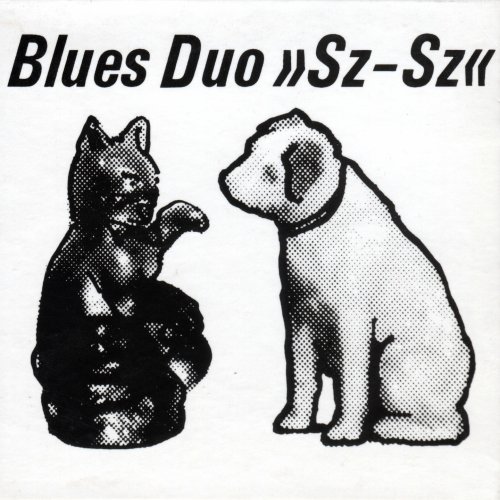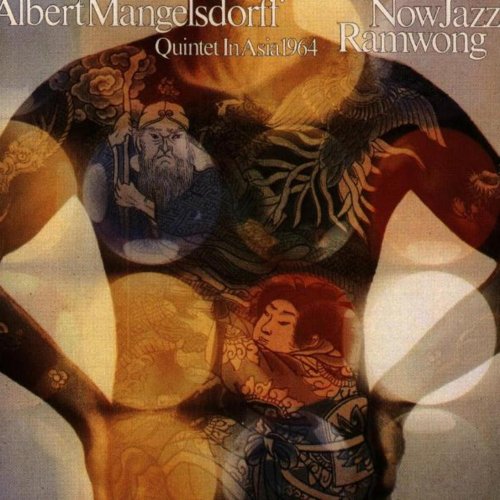Myra Hess - Wiegenlied. Piano Music of Brahms and Mozart. Visions from the Golden Age. (2024)
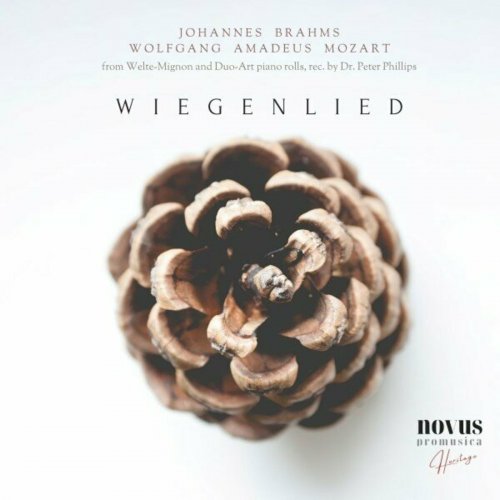
Artist: Myra Hess, Johannes Brahms, Wolfgang Amadeus Mozart
Title: Wiegenlied. Piano Music of Brahms and Mozart. Visions from the Golden Age.
Year Of Release: 2024
Label: Novus Promusica
Genre: Classical
Quality: FLAC (tracks)
Total Time: 108:51 min
Total Size: 364 MB
WebSite: Album Preview
Tracklist:Title: Wiegenlied. Piano Music of Brahms and Mozart. Visions from the Golden Age.
Year Of Release: 2024
Label: Novus Promusica
Genre: Classical
Quality: FLAC (tracks)
Total Time: 108:51 min
Total Size: 364 MB
WebSite: Album Preview
01. Lieder, Op. 49: No. 4, Wiegenlied (Arr. Solo Piano by Grainger) (Duo-Art 67180)
02. Piano Pieces, Op. 119: No. 3, Intermezzo (Duo-Art 6911)
03. Intermezzo, Op. 119, No. 3 C Major
04. Piano Pieces, Op. 118: No. 4, Intermezzo (Triphonola 52739)
05. Capriccio, Op. 76, No. 2 in B Minor (Duo-Art 6596)
06. Iphigenie in Aulis: Gavotte in A Major (Arr. Solo Piano by Brahms) (Duo-Art 6476)
07. Capriccio, Op. 76, No. 1 in F-Sharp Minor (Triphonola T-51531)
08. Hungarian Dance No. 2, in D Minor (Welte-Mignon 1096)
09. Virtuoso Studies, Op. 46: No. 12, Polonaise (Welte-Mignon 2998)
10. Waltzes, Op. 39: No. 6 (Welte-Mignon 589)
11. Waltzes, Op. 39: No. 11 (Welte-Mignon 589)
12. Don Giovanni: Overture (Arr. Solo Piano by Liszt) (Welte-Mignon:3143)
13. Piano Sonata No. 4 (K.282) in E-Flat Major: I. Adagio (Duca 688)
14. Piano Sonata No. 4, K.282 in E-Flat Major: I. Adagio (Welte-Mignon 1780)
15. Piano Concerto No. 26, :Coronation Concerto: in D Major K.537 (Arr. Solo Piano by Grunfeld): II. Larghetto (Duca 519)
16. Don Juan Fantasie (Arr. Solo Piano by Franz Liszt) (Welte-Mignon 876)
17. Die Zauberflote (The Magic Flute): Overture (Arr. Solo Piano by Kohlberg) (Welte-Mignon 1802)
18. Andante and Five Variations in G Major for Piano, Four Hands, K. 501 (Tema Con Variazioni) (Duca 314)
19. Piano Sonata No. 16 K. 545 'Sonata Semplice': From A. 65371 (I. Allegro)
20. Don Giovanni: Fantasia (Arr. Solo Piano by Liszt) (Welte-Mignon 876)
21. Kunstlerleben, Op. 316 (Welte-Mignon 921)
22. Impromptu, Op. 142 No. 2 in A-Flat Major (Dca 634)
Dame Myra Hess was one of the best-known and most beloved of British pianists. She was a pupil of Julian Pascal and Orlando Morgan. At 12 she earned a scholarship to the Royal Academy of Music and became a pupil of Tobias Matthay, whom she viewed as her primary teacher.
She debuted at the age of 17 in Beethoven's Fourth Concerto, with Thomas Beecham conducting. In a departure for pianists of her era she took a special interest in chamber music, including participating in a piano duo with her cousin Irene Scharrer. She toured Europe and the United States.
She was a warm person and well liked, particularly in English-speaking countries, and visited America frequently. Her reputation was particularly enhanced by her innovative and deeply appreciated venture during World War II, the National Gallery Concerts. Wartime blackouts closed the concert halls of London. In the meantime, the National Gallery in London had been emptied of its art treasures, which were sent to parts of the country less vulnerable to German bombing. It was Hess's idea to open the Gallery to the public for concerts every day during the lunch hours.
Londoners flocked to these informal concerts. Hess arranged concerts from solo recitals to full-scale orchestral and choral music. She personally appeared more than any other artist (never asking for a fee), and got some of the finest musicians of the country to appear there. She received her knighthood as a Dame of the British Empire for this service in 1942. The effort was seen as a major boost to morale, and it is said that when the artworks were returned to the Gallery in 1946, ending the musical series, that there was considerable disappointment.
In common with many artists she adopted a wide-ranging repertory, including much music of her time, when she was younger, but focused increasingly on the great classic masters in later years. Her playing was noted for both warmth and thoughtfulness. She made numerous transcriptions, of which one in particular, Bach's chorale prelude Jesu, Joy of Man's Desiring from Cantata 147, has become an international favorite.
She debuted at the age of 17 in Beethoven's Fourth Concerto, with Thomas Beecham conducting. In a departure for pianists of her era she took a special interest in chamber music, including participating in a piano duo with her cousin Irene Scharrer. She toured Europe and the United States.
She was a warm person and well liked, particularly in English-speaking countries, and visited America frequently. Her reputation was particularly enhanced by her innovative and deeply appreciated venture during World War II, the National Gallery Concerts. Wartime blackouts closed the concert halls of London. In the meantime, the National Gallery in London had been emptied of its art treasures, which were sent to parts of the country less vulnerable to German bombing. It was Hess's idea to open the Gallery to the public for concerts every day during the lunch hours.
Londoners flocked to these informal concerts. Hess arranged concerts from solo recitals to full-scale orchestral and choral music. She personally appeared more than any other artist (never asking for a fee), and got some of the finest musicians of the country to appear there. She received her knighthood as a Dame of the British Empire for this service in 1942. The effort was seen as a major boost to morale, and it is said that when the artworks were returned to the Gallery in 1946, ending the musical series, that there was considerable disappointment.
In common with many artists she adopted a wide-ranging repertory, including much music of her time, when she was younger, but focused increasingly on the great classic masters in later years. Her playing was noted for both warmth and thoughtfulness. She made numerous transcriptions, of which one in particular, Bach's chorale prelude Jesu, Joy of Man's Desiring from Cantata 147, has become an international favorite.
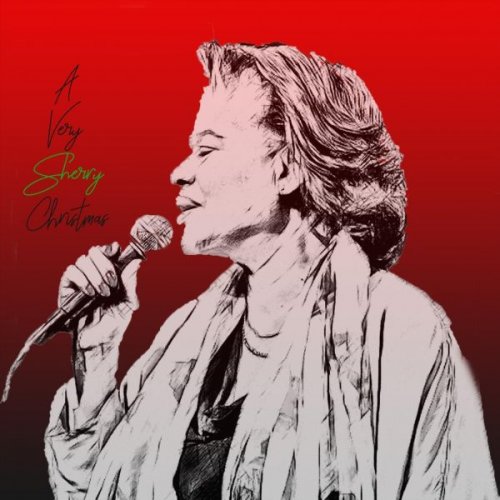
![Martin Diaz - El Goce (2025) [Hi-Res] Martin Diaz - El Goce (2025) [Hi-Res]](https://www.dibpic.com/uploads/posts/2025-12/1765508962_qnqc8iqcv0c0b_600.jpg)

